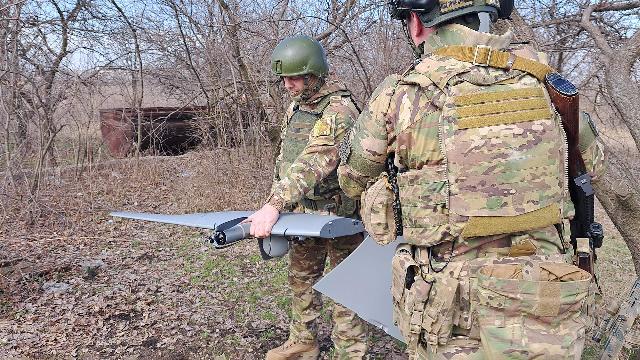Aircraft-type UAVs conduct reconnaissance, adjust artillery, and objectively monitor the use of gliding bombs.
Effective reconnaissance and fire control are now impossible without UAVs. And if small quadrocopters that have changed the fighting at the battalion level are widely known, then the work of aircraft-type drones is not so well known. But it is with their help that reconnaissance is carried out to a depth of tens of kilometers, counter-battery warfare, artillery adjustments, and even objective control of the use of gliding bombs by aircraft. Izvestia correspondents visited the SuperCam UAV unit of the Center group and saw how our drones work in the area of Krasnoarmeysk (Pokrovsk).
The "fat goal" of Corporal Subbotin
Senior Lieutenant Andrey Martianov is the head of the Supercam S350 UAV crew in the 1st Slavic Brigade. He says that their main tasks are reconnaissance of enemy fortifications and guidance of heavy artillery. The Supercam can stay in the air for about three hours and go dozens of kilometers deep into enemy territory. Andrey has experience in detecting both armored fighting vehicles and enemy tanks. He aimed his artillery at these targets.
"Counter—battery work is also our task," he says. — We detect the enemy by the thermal signature or by the flash, which is clearly visible during the firing of the gun. Especially for large barrels, for example, 155 mm caliber.
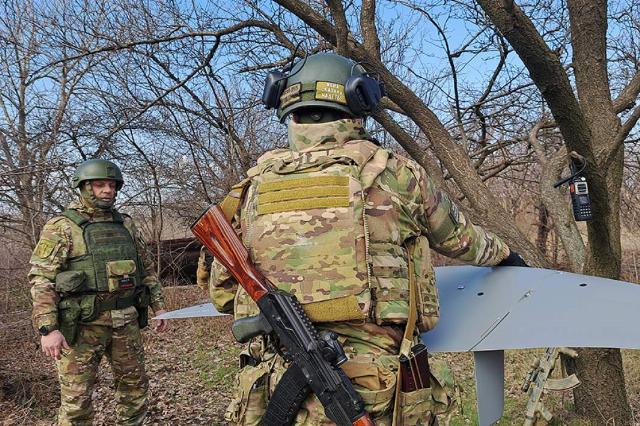
Photo: IZVESTIA/Dmitry Astrakhan
Image source: iz.ru
He did not disclose the total number of targets hit by the calculation, but the score goes to dozens. Some of them are particularly important.
"One of the most "fat targets" was a year ago," recalls drone Corporal Ilya Subbotin. — During the battles for Avdiivka, we identified one person. He was carrying a military backpack, even though he was wearing civilian clothes. They brought him to the industrial zone and saw a man in uniform and with a machine gun come out to him — this is a checkpoint. We realized that the object is not easy.
Thus, the drones were able to scout the location of the enemy and, waiting for the arrival of a car with the leadership of the Armed Forces of Ukraine, fired several large-caliber guns at the enemy headquarters at once.
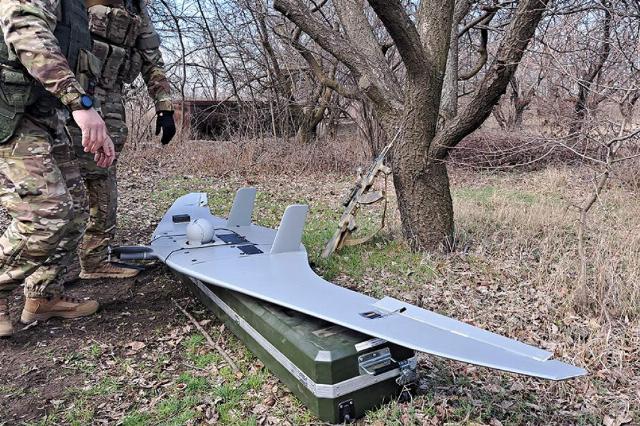
Photo: IZVESTIA/Dmitry Astrakhan
Image source: iz.ru
Meanwhile, the drones of the Center group are preparing their aircraft for departure. They are armed with one of the new Supercam modifications, the UAV, which gained fame during its military operations. Previously, such vehicles were used by special units, but today they can already be seen in motorized rifle brigades, for example, in the 1st Slavyanskaya.
Two people can easily handle the assembly of the UAV and the launch catapult. The process is automated and simplified to the limit and is only slightly more complicated than launching a regular civilian Mavic.
Fight for the sky
Andrey Martianov says that he had previously "flown" on almost all types of Russian aircraft-type UAVs and that it was relatively easy to master the Supercam.
Courses lasting 2-3 weeks are enough for this, provided, of course, experience and general knowledge. The main problems in the combat use of any UAVs are related to the electronic environment and the actions of small enemy interceptor drones.
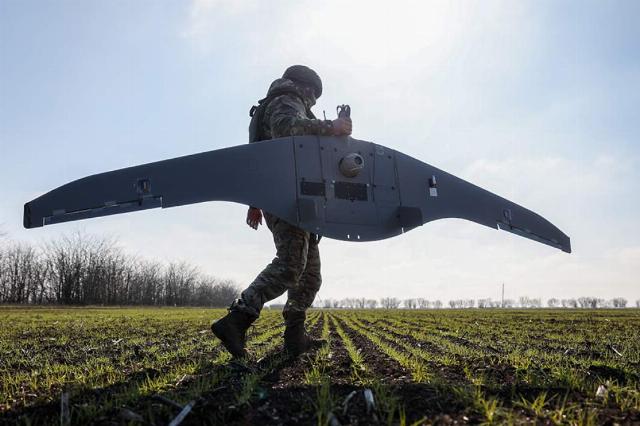
Photo: TASS/Alexey Konovalov
Image source: iz.ru
In the first case, the aircraft will perform maneuvers and, following the commands of its inertial control system, return to the place where communication is restored. There is something to counter the interceptors.
"When an interceptor drone is detected, the aircraft turns on the so-called snake: a sharp roll to the left, then to the right, and thus tries to escape from the hunter drone," the officer says. — With the help of a frequency analyzer, we know when the enemy's copter is intercepting. He also has a control signal, and the plane, after analyzing that there is another signal in the air besides his own, begins to maneuver.
Reconnaissance drones are "protected" from classical air defense systems by their small size and low visibility in the thermal spectrum. They are difficult to detect even with the help of radars, and if detected, it is difficult to aim anti-aircraft missiles.
In addition, the Supercam has a variety of pre-programmed anti-aircraft maneuvers.
On the western outskirts of Pokrovsk
At the command of the control center, the drone is launched using a catapult and goes up. You don't need a lot of space to launch, and the UAV's transport container is easily and quickly carried out from under the disguise to the edge of the field. A short pause is just for an approximate determination of the direction and strength of the wind.
At the control point itself, the operator is working at a computer: in his hands is a joystick familiar to most from game consoles. Experience shows that it is easier to use such devices, familiar to soldiers since childhood, than to invent some special controls for each device.
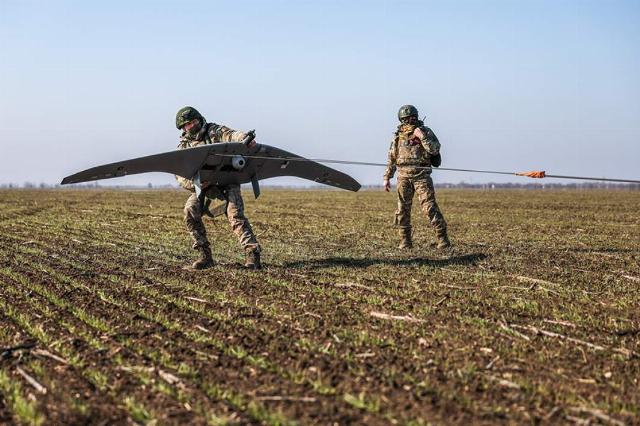
Photo: TASS/Alexey Konovalov
Image source: iz.ru
— We brought two enemy vehicles to the point where they are rotating, unloading ammunition and provisions. The artillery was brought in, and now it's working at a point," Ilya Subbotin explains the picture on the monitor.
He says that they come across such goals quite often. Especially at night, when the motion of cars is clearly visible in the thermal imager.
Many movements take place in the dark to hide from kamikaze drones, but in such situations, the enemy comes under artillery fire, which is guided by larger aircraft-type reconnaissance UAVs.
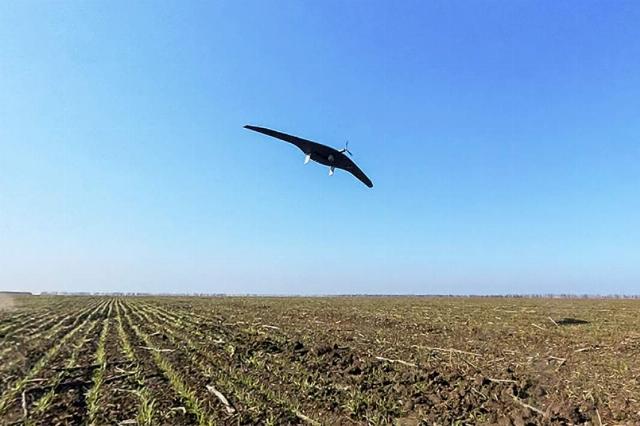
Photo: TASS/Alexey Konovalov
Image source: iz.ru
On the monitor screen is the western part of Krasnoarmeysk, which is currently being fought for. A white dot highlights the location of a recent artillery hit, where a fire begins. This work is one of many steps to isolate the enemy's forward positions and disrupt supplies.
Ilya joined the army during the mobilization, says that he joined the military enlistment office himself and was only able to convince the commission to accept him for service the second time. Already in the process of preparation, he was noticed and began to be trained as a UAV operator. He started working with Mavik quadrocopters. At that time, aircraft-type UAVs were just beginning to appear in motorized rifle brigades. The development of long-range reconnaissance took place before his eyes.
Ilya remembers how the interaction was built, first of all with artillery. Then we started working together with the electronic warfare and electronic warfare services, between types of different UAVs, and exchanging all the necessary data. This painstaking work made it possible to establish effective reconnaissance and destruction of enemy forces and equipment behind enemy lines.
Dmitry Astrakhan
